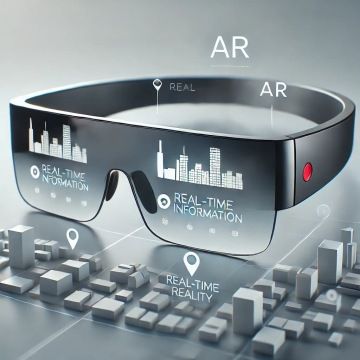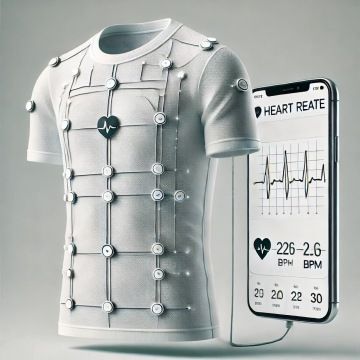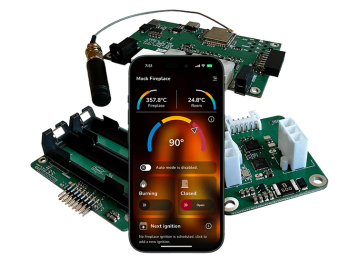About us > ASN News
Trends in electronics for 2024
The year 2024 brings a number of innovations and technologies to the world of electronics that have the potential to fundamentally impact our daily lives. These technologies promise to improve efficiency, safety and comfort in various areas of our lives. Let's take a look at some of these fascinating innovations that may play a key role in the future development of electronics.
Augmented reality (AR) in wearables
Wearable technologies are becoming increasingly smart and integrated into our lives. Extending AR to smart glasses, helmets and contact lenses will allow users to receive information in real time. In industrial environments, AR helmets and goggles can replay workflow and monitor working conditions, instantly alerting to safety hazards, which can greatly increase safety and efficiency. While this may sound like technology from an action movie, developments in this area are moving forward rapidly.
Technical aspects
AR devices use a combination of advanced sensors, cameras and displays to blend digital information into the real world. Technology such as SLAM (Simultaneous Localization and Mapping) enables the precise location of virtual objects in the real environment. Powerful processors and GPUs ensure smooth operation and realistic visual effects. For example, smart glasses with AR can display instructions directly in the user's field of view, which is ideal for industrial applications or navigation.


Smart textiles
Smart textiles bring electronics directly into the fabric. From T-shirts that monitor vital signs to socks that track movement, smart textiles offer a new level of comfort and functionality. The technology uses conductive threads and sensor technology woven directly into the fabric, allowing real-time monitoring and data analysis via mobile apps. While the idea of a t-shirt that tells you you've run enough is appealing, the question is whether this type of technology will make its way into mainstream clothing or stick to specialized apps.
Technical aspects
Smart textiles use sensor technologies such as ECG sensors to monitor heart activity or accelerometers and gyroscopes to monitor movement. Conductive threads and nanomaterials ensure that signals are transmitted without disrupting the user's comfort. The data is transmitted via Bluetooth or Wi-Fi to mobile apps where it is analysed and visualised. For example, T-shirts with ECG sensors can monitor heart rate and alert the user when irregularities are detected. However, these technologies still have a long way to go before they become a regular part of our wardrobes.
Conclusion
The technological innovations of 2024 suggest that the electronics industry is on the cusp of significant change. The integration of AR into wearable devices and the proliferation of smart textiles promise to increase efficiency and safety and offer new opportunities to improve the quality of life for users. These technologies will play a key role in the further development of the electronics industry, even if we still have to wait a while before they become a normal part of our lives. We can only wonder which of these innovations will really take off and which will remain experiments.
Take a look at what we can offer you...
Become one of our trusted clients




Take your product to the next level!
Book a consultation with our specialists and discover just how many technological possibilities are within your reach. We’ll be in touch soon to explore the best way to work together.
